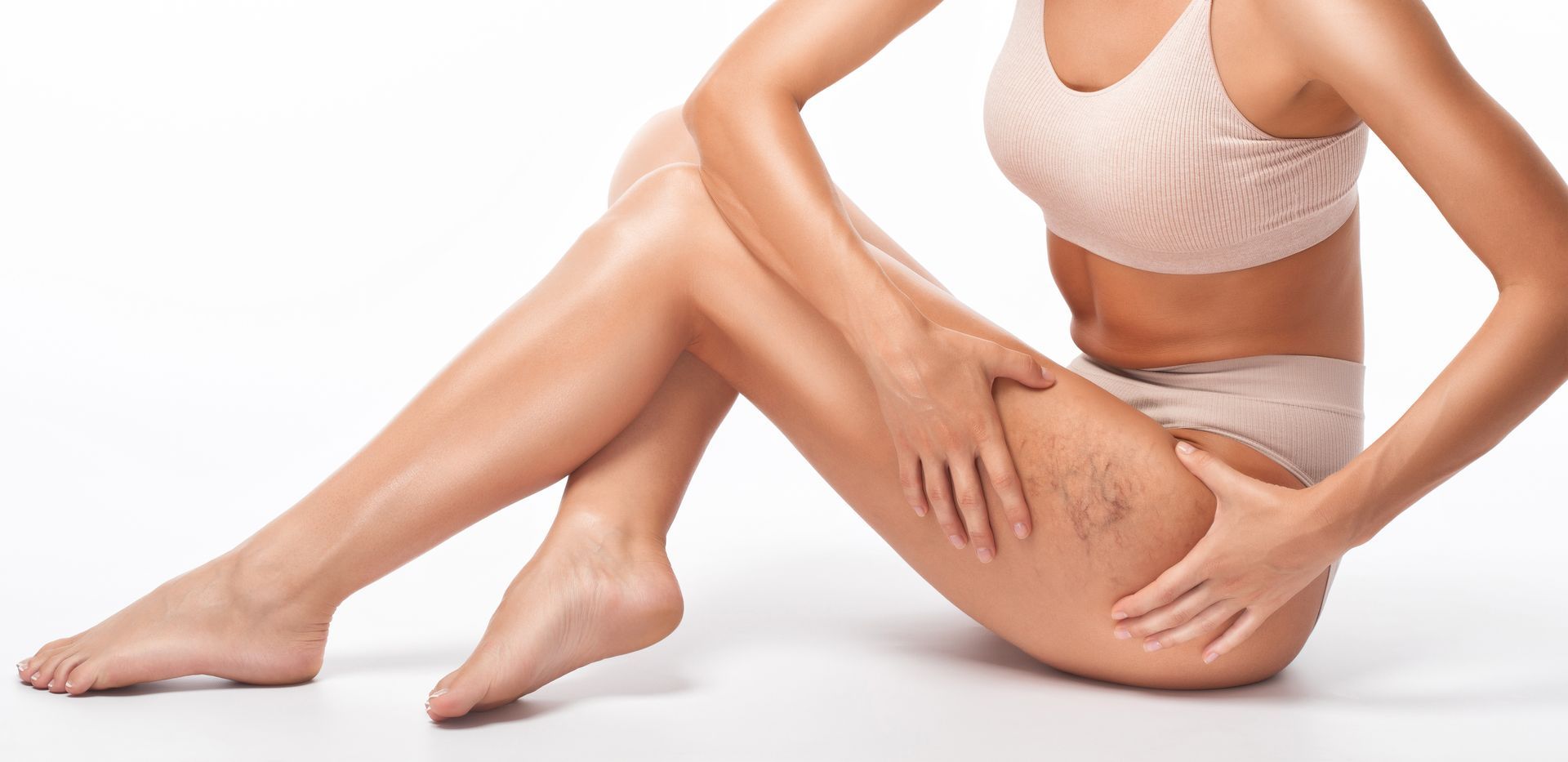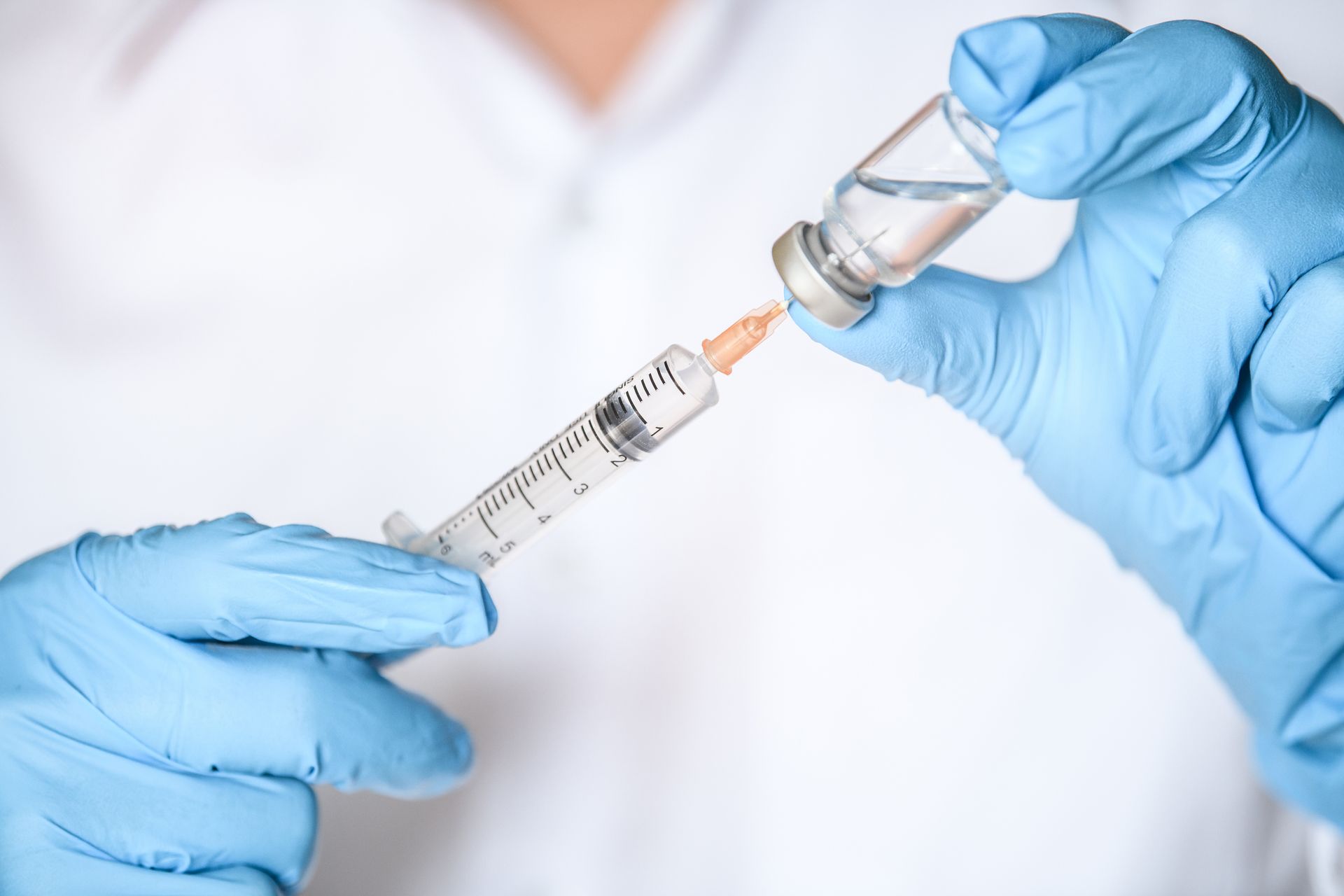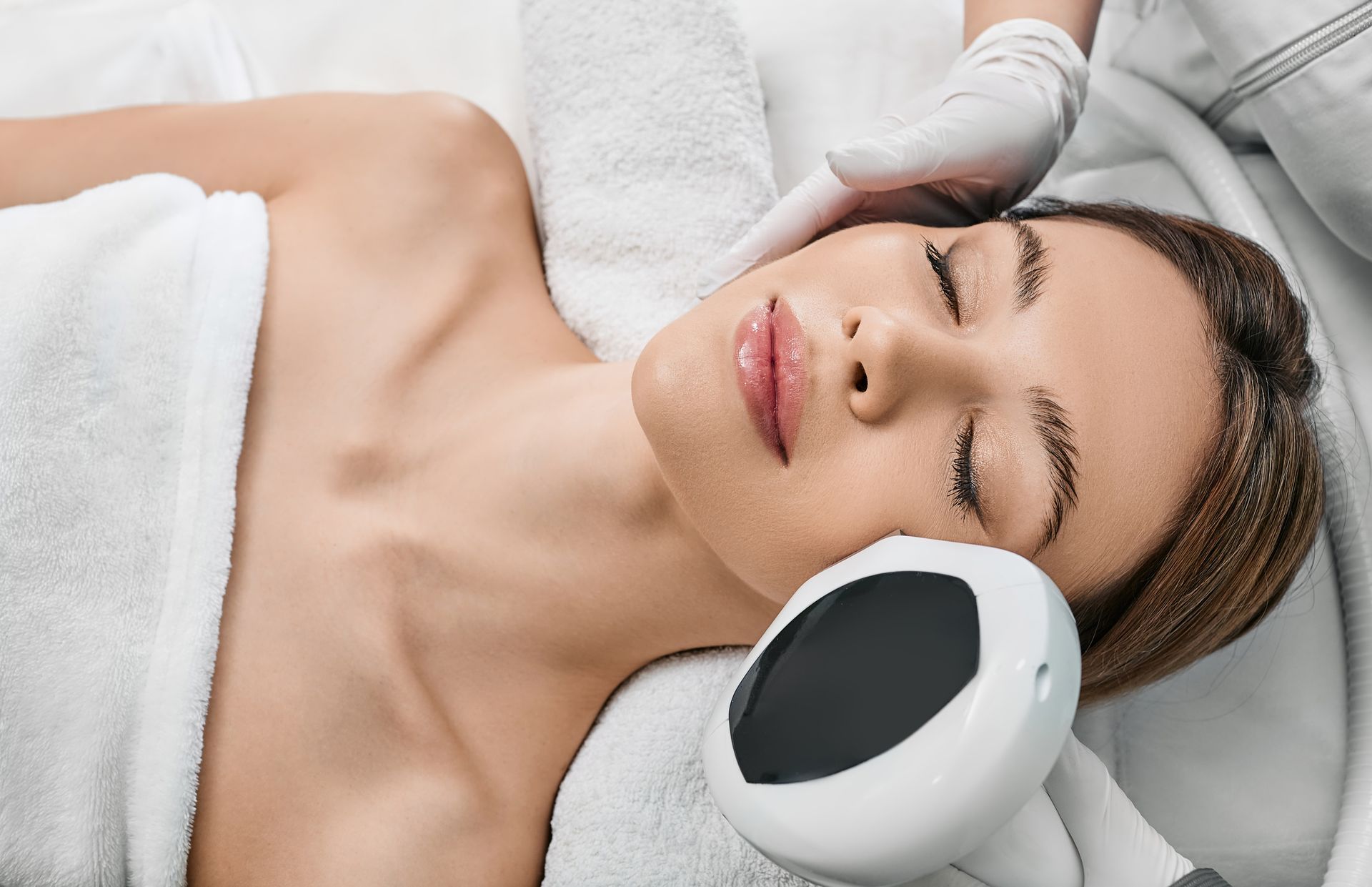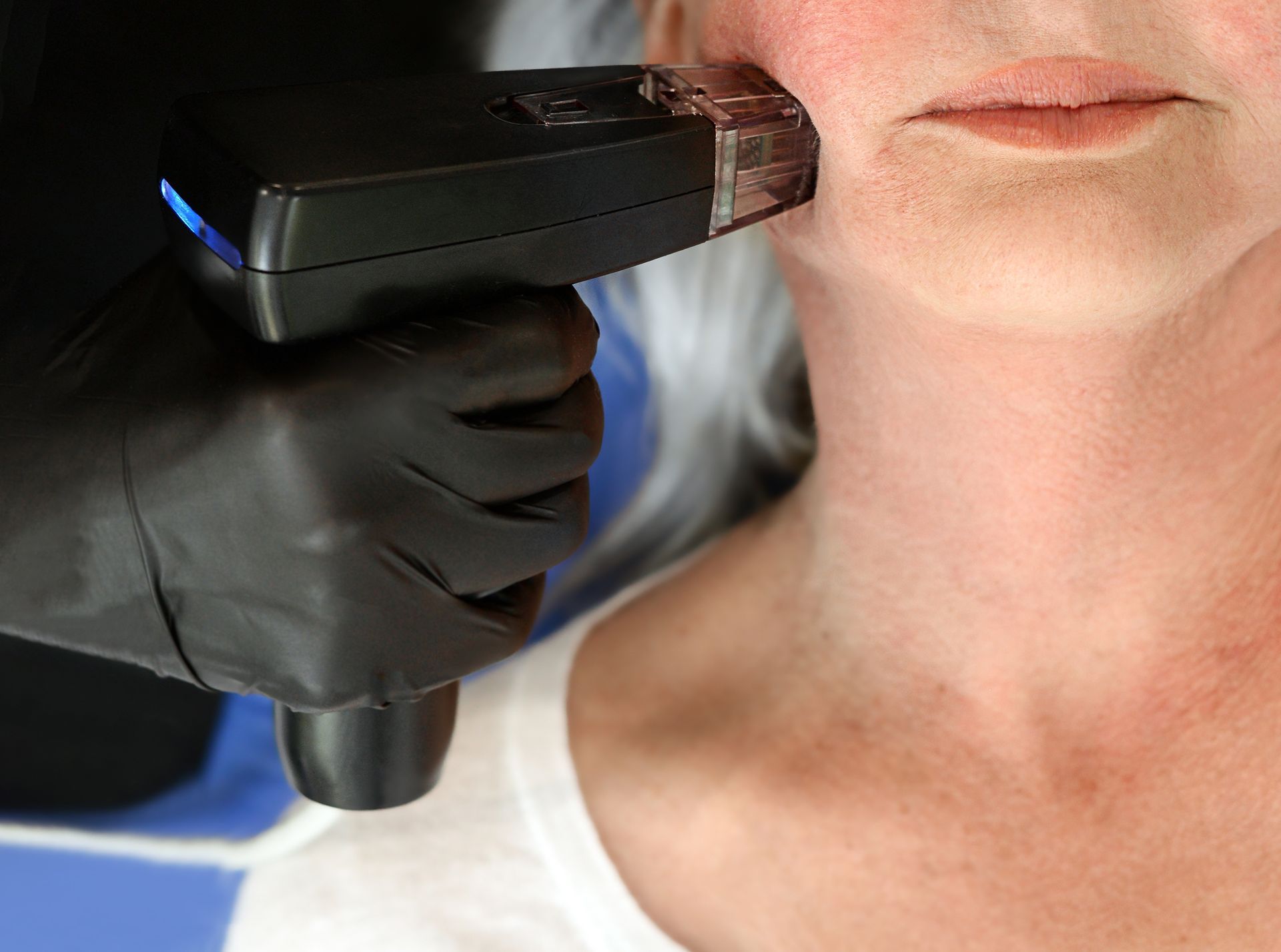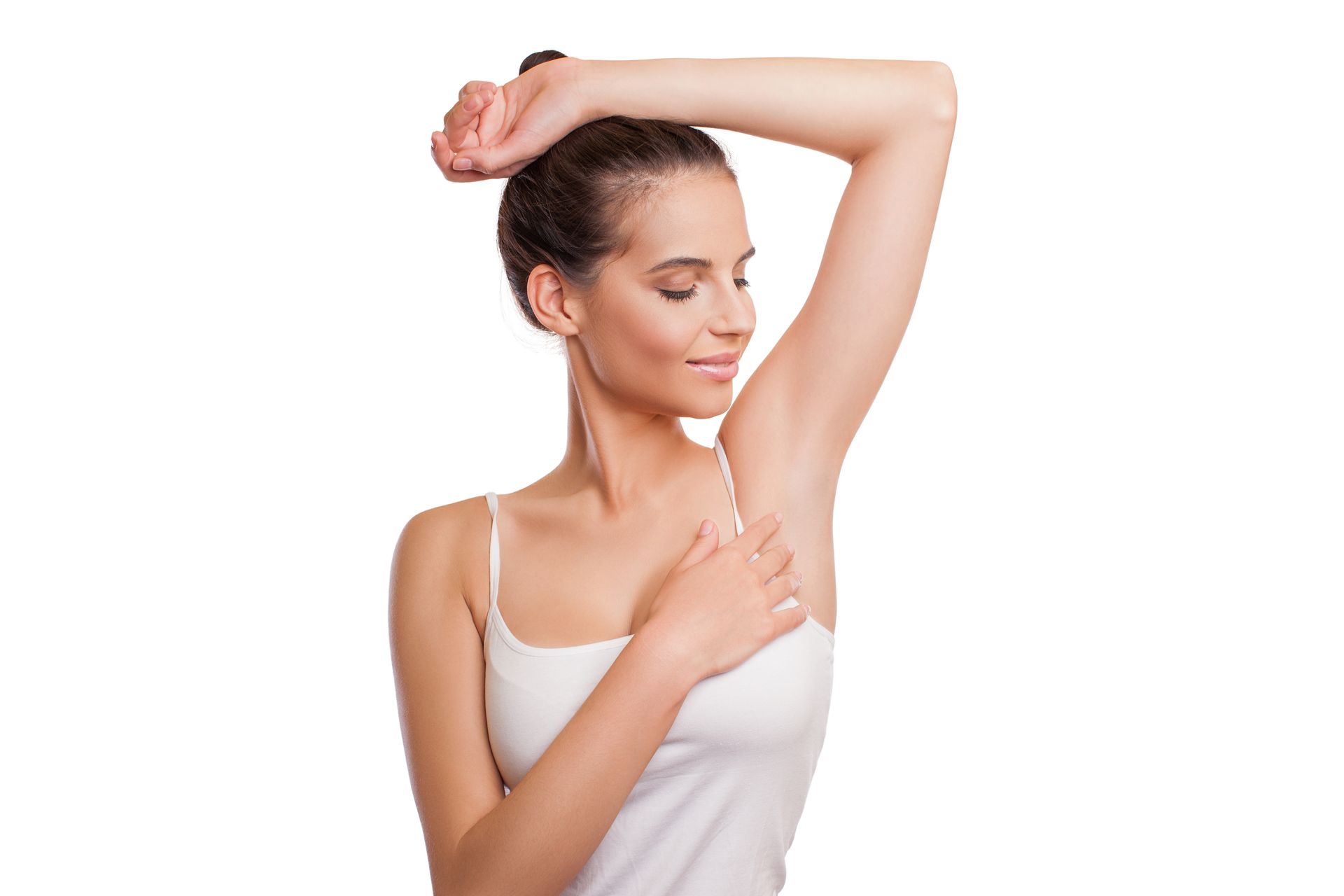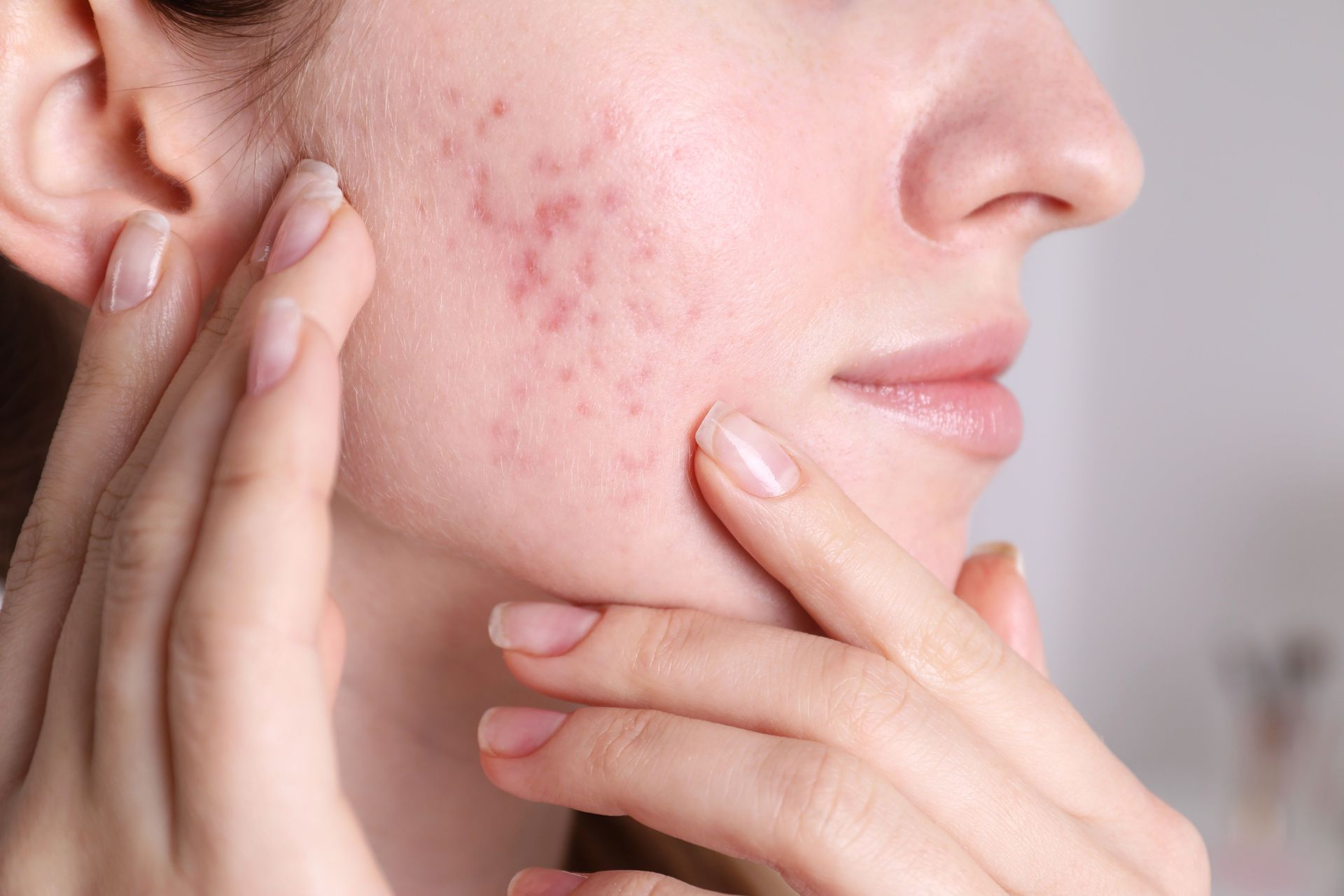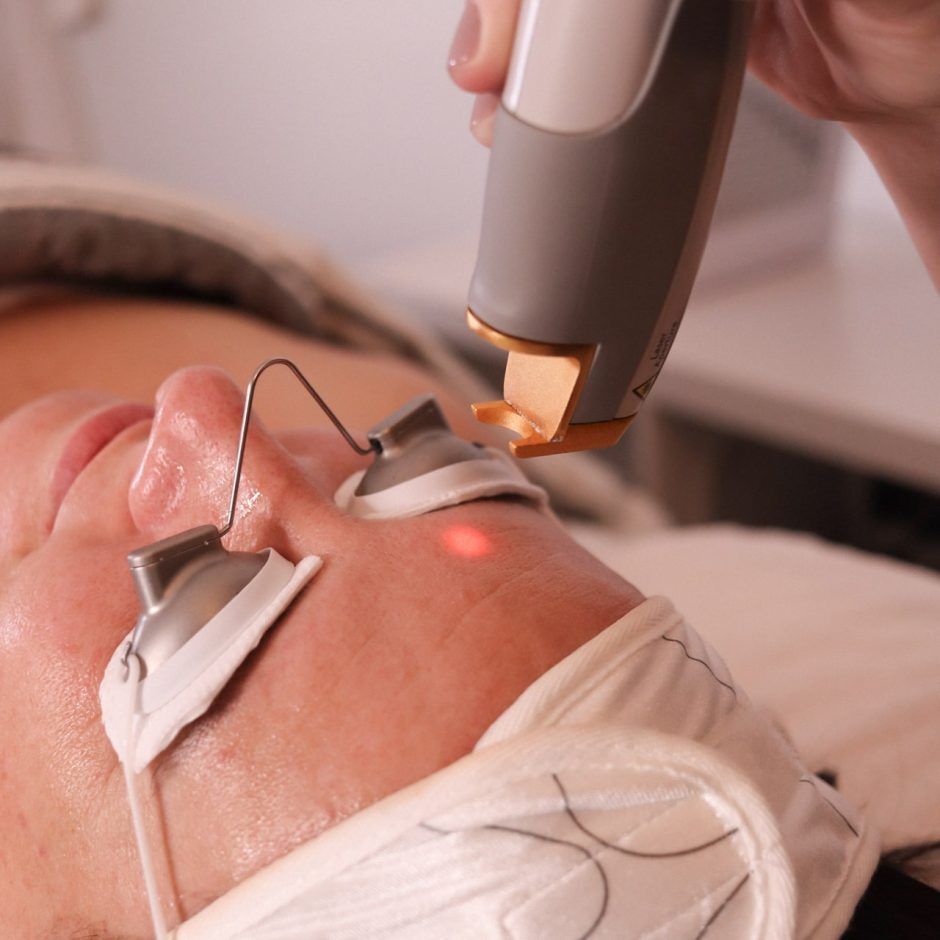Get In Touch
Call: (403) 984-4313
Fax: (403) 984-4314
Email: info@britanniadermedics.com
Address: 817-A 49 Avenue Southwest, Calgary, Alberta T2S 1G8, Canada
Business Hours
- Mon - Fri
- -
- Saturday
- -
- Sunday
- Closed
Evenings by appointment only
Britannia Dermedics
Address
817-A 49 Avenue Southwest, Calgary, Alberta T2S 1G8, Canada
Phone
Fax
Business Hours
- Mon - Fri
- -
- Saturday
- -
- Sunday
- Closed
Evenings by appointment.
© 2025
Britannia Dermedics


